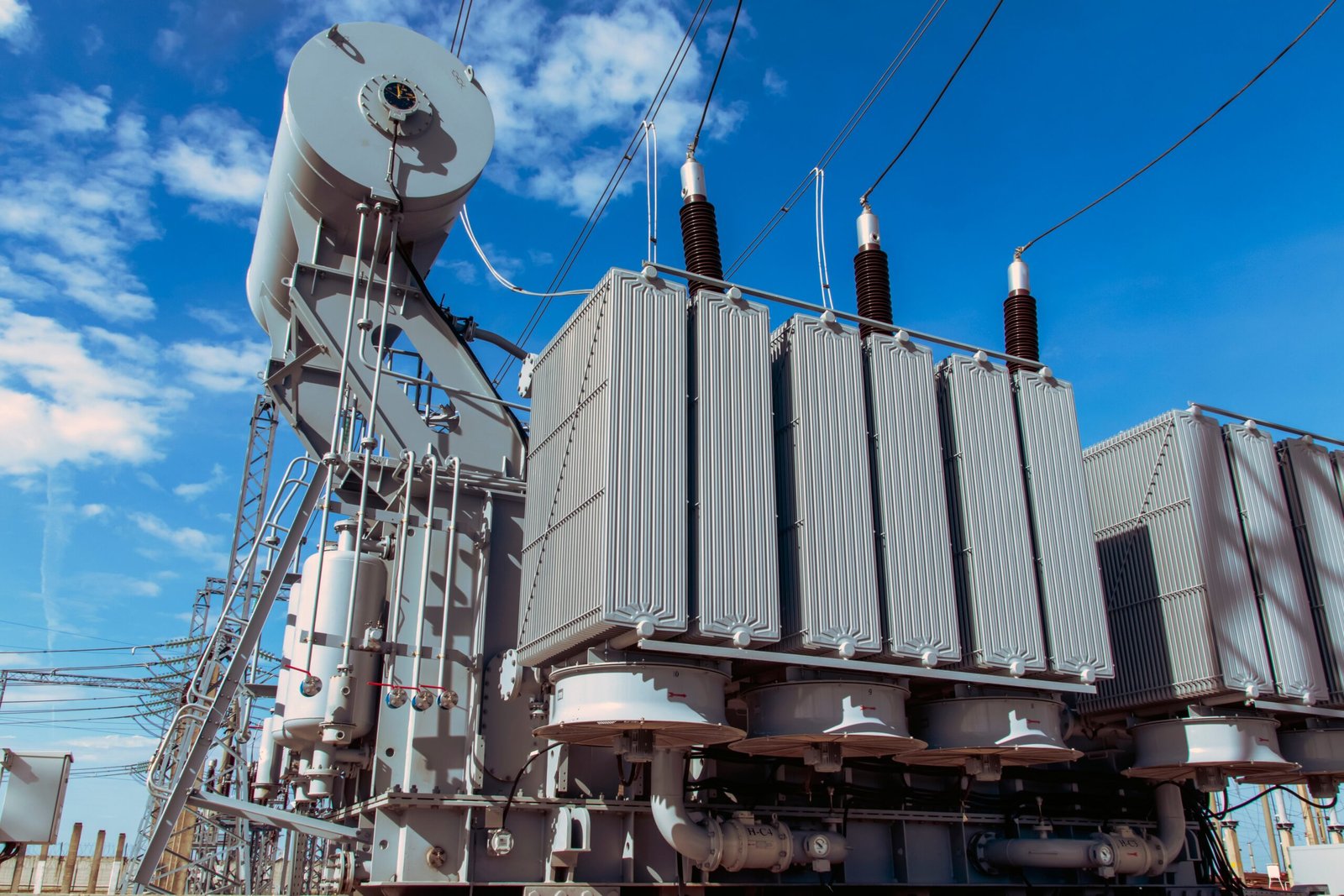Electrical steel, also known as silicon steel, is an essential soft magnetic alloy used in the power, electronics, and military industries. It is the most produced functional metal material and is primarily used for the cores of various motors, generators, and transformers. Its production process is complex, and manufacturing technology is strictly regulated, with foreign production technologies often protected by patents, considered the lifeblood of the business. The manufacturing technology and product quality of electrical steel are important indicators of a country’s special steel production and technological development level. In China, the quantity, quality, and specifications of cold-rolled electrical steel still fail to meet the demands of the energy (electric power) industry. There exists a significant gap in production technology, equipment, management, and research compared to Japan.
Advantages of Electrical Steel
- High Electrical Resistance: Electrical steel has high electrical resistance, making it highly suitable for electrical equipment and components.
- High Magnetic Permeability: Electrical steel also has high magnetic permeability, making it ideal for magnetic applications.
- Corrosion and Wear Resistance: Electrical steel has excellent corrosion and wear resistance, making it suitable for use in corrosive environments.
Disadvantages of Electrical Steel
While electrical steel has many advantages, there are some potential drawbacks to consider. One of the most important factors is its high cost. Electrical steel can be two to three times more expensive than conventional steel, which makes it less attractive for use in many applications.
Another disadvantage is that electrical steel is difficult to process. It is both hard and brittle, making it challenging to cut, weld, or machine. This can significantly increase the cost and delivery time of projects involving electrical steel.
Finally, the specific sizes and shapes of electrical steel required for certain applications are not always readily available. This may result in difficulty finding the right materials for a given project, further delaying timelines and increasing costs.
Main Applications of Electrical Steel
- Motors: In the design and application of industrial motors, household appliance motors, and electric vehicle motors, electrical steel serves as the core material. It plays a critical role in the efficiency, power density, and operational stability of motors.
- Transformers: In the design and use of distribution transformers, current transformers, and other types of transformers, electrical steel also plays an essential role. It helps reduce core losses and improve operating efficiency, especially in medium and large, or extra-high voltage transformers where high-quality electrical steel is particularly necessary.
- Other Applications: Electrical steel is also widely used in power transmission, magnetic separation, sensors, and other fields, providing high-performance material solutions.
Performance Characteristics of Electrical Steel
- High Magnetic Permeability: Electrical steel has high magnetic permeability, which means it can easily conduct magnetic flux. This property makes electrical steel very suitable for transformers, where it is used to concentrate magnetic flux and reduce energy losses.
- Low Hysteresis Loss: When magnetic materials are exposed to changing magnetic fields, hysteresis loss occurs. Electrical steel has low hysteresis loss, meaning it can easily change its magnetic orientation with minimal energy loss. This characteristic makes electrical steel ideal for high-efficiency motors and generators.
- Low Eddy Current Loss: Eddy current loss occurs when a changing magnetic field induces currents in the conductor. Electrical steel has low eddy current losses, meaning it can conduct electricity with minimal energy loss. This property makes electrical steel especially suitable for high-frequency applications such as transformers and inductors.
- Good Formability: Electrical steel has excellent formability, meaning it can be easily molded into complex geometric shapes without cracking or breaking. This characteristic makes electrical steel highly suitable for use in motors and generators that often require complex shapes.
- Good Corrosion Resistance: Electrical steel has excellent corrosion resistance, meaning it can be used in harsh environments without degradation. This property makes electrical steel ideal for use in marine and other corrosive environments.
Classification of Electrical Steel
- Classification by Magnetic Properties: Electrical steel can be classified into two categories based on its magnetic properties: non-oriented electrical steel and grain-oriented electrical steel. Non-oriented electrical steel has uniform magnetic properties and lacks distinct orientation in its grain structure. It is suitable for general electromagnetic devices such as motors and generators. Grain-oriented electrical steel, on the other hand, has a distinct orientation in its grain structure, providing higher magnetic permeability and lower hysteresis loss. It is ideal for high-performance electromagnetic devices such as high-speed motors and high-frequency transformers.
- Classification by Processing Method: Electrical steel can also be classified by its processing method into cold-rolled and hot-rolled electrical steel. Cold-rolled electrical steel is processed at room temperature and has high magnetic permeability and low hysteresis loss. It is ideal for high-performance electromagnetic devices such as high-speed motors and high-frequency transformers. Hot-rolled electrical steel is processed at high temperatures and has a lower cost and better machinability, making it suitable for manufacturing general electromagnetic devices.
- Classification by Application: Electrical steel can be categorized based on its intended use into power electrical steel and electronic electrical steel. Power electrical steel is primarily used in the manufacturing of power equipment such as motors and transformers, requiring low hysteresis loss and high magnetic permeability. Electronic electrical steel, on the other hand, is primarily used in electronic devices such as sensors and inductors, where high magnetic permeability and low hysteresis loss are also essential.
Electrical steel can be classified from various perspectives such as chemical composition, magnetic properties, processing methods, and applications. Different types of electrical steel are suited for different electromagnetic device manufacturing fields and possess unique characteristics and application values. In the manufacturing of electromagnetic devices, selecting the appropriate electrical steel is crucial to improving device performance and reducing energy consumption.

